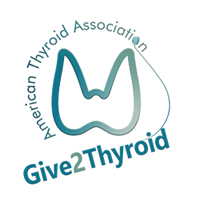The following different phrases characterizing the papillary thyroid cancer were used: “papillary thyroid cancer”, “papillary lesion”, or “abnormal cells”. They were then presented with three choices of treatment: removing the entire thyroid by surgery, removing only the lobe of the thyroid where the cancer was found, or active surveillance (monitoring the thyroid cancer with no surgery).
There were 550 volunteers who completed the online study (50.7% female, average age 49.9 years). Nearly 9% had a non-thyroid cancer diagnosis and >50% had at least one immediate family member with a cancer diagnosis. The researchers found that the words “papillary thyroid cancer” were associated with the most anxiety. This resulted in more individuals selecting some form of perhaps unnecessary thyroid surgery rather than active surveillance.
WHAT ARE THE IMPLICATIONS OF THIS STUDY?
Rephrasing how physicians counsel patients regarding a diagnosis of low risk papillary thyroid cancer can influence how thyroid cancer is managed. Use of words other than “cancer” can lower patients’ anxiety about this diagnosis. This can allow patients to have greater comfort in knowing that some cases of low risk thyroid cancers do not necessarily require surgery. Physicians need to balance between providing appropriate information regarding a diagnosis and a patient’s anxiety with a diagnosis. This study provides insight as an approach that may be helpful to patients who are diagnosed with low risk thyroid cancer.
— Angela M. Leung, MD, MSc




